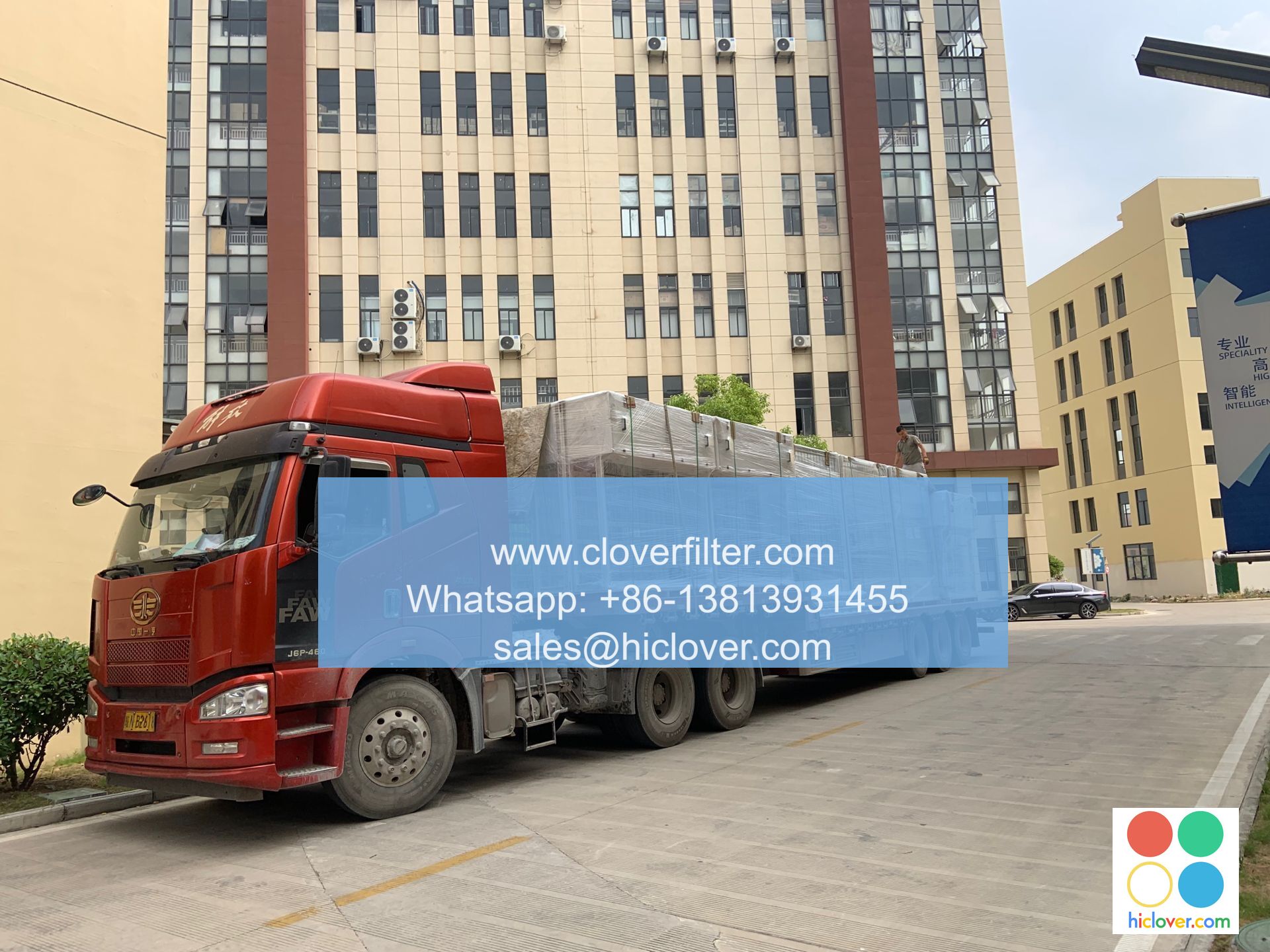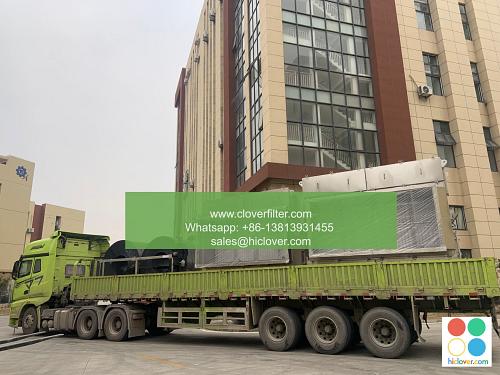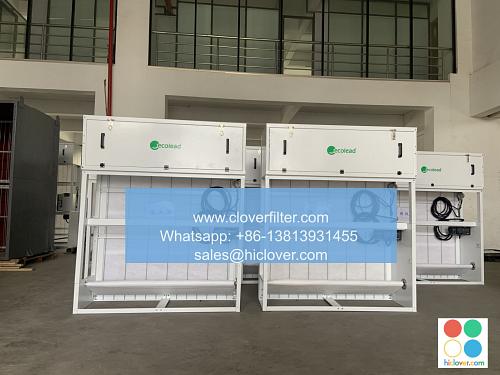The Role of Air Filter Performance in Preventing Mold and Mildew

The Importance of Air Filter Performance in Preventing Mold and Mildew: A Must-Know for Homeowners and Building Professionals
Mold and mildew can be a persistent problem in many homes and buildings, causing damage to structures, and posing health risks to occupants. One of the most effective ways to prevent these issues is by ensuring proper air filter performance in HVAC systems. In this article, we will explore the role of air filter performance in preventing mold and mildew, highlighting the importance of proper filtration in various application areas.
The Threat of Mold and Mildew
Mold and mildew can be found in almost any environment, especially in areas with high humidity and poor ventilation. They can thrive on a variety of surfaces, including walls, floors, and ceilings, and can cause a range of problems, including:
- Structural damage to buildings
- Allergies and respiratory issues for occupants
- Unpleasant odors and stains
- Reduced property values
The Impact of Air Filter Performance on Mold and Mildew Growth
Air filters play a crucial role in preventing mold and mildew growth by removing airborne contaminants, including dust, pollen, and other particles that can contribute to mold and mildew formation. Poor air filter performance can lead to:
- Reduced airflow and increased humidity, creating an ideal environment for mold and mildew growth
- Decreased air quality, exacerbating allergies and respiratory issues
- Increased maintenance costs and equipment damage due to clogged filters and equipment malfunction
Key Factors Affecting Air Filter Performance
Several factors can affect air filter performance, including:
- Filter type and material
- Filter size and type of HVAC system
- Maintenance and cleaning schedule
- Filter replacement frequency
- Air quality and humidity levels
Optimizing Air Filter Performance for Mold and Mildew Prevention
To optimize air filter performance and prevent mold and mildew growth, building professionals and homeowners should:
- Specify high-quality filters designed for mold and mildew prevention
- Ensure proper filter installation and orientation
- Perform regular filter cleaning and maintenance
- Replace filters regularly to prevent clogging and decreased airflow
- Monitor and control humidity levels, especially in areas prone to moisture and humidity
Best Practices for Different Application Areas
Different application areas require unique approaches to mold and mildew prevention. For example:
- Residential: Ensure proper filter installation, maintenance, and replacement in residential HVAC systems to prevent mold and mildew growth. Consider using HEPA filters or specialized filters designed for allergy sufferers.
- Commercial: In commercial settings, such as offices, schools, and healthcare facilities, use high-efficiency filters to remove large particles and contaminants, and consider UV lighting to prevent mold and mildew growth.
- Industrial: In industrial settings, such as factories and warehouses, use robust filters designed for heavy-duty applications, and consider implementing air purification systems to remove airborne contaminants.
- Institutional: In institutional settings, such as hospitals and nursing homes, prioritize air quality and use HEPA filters or specialized filters designed for sensitive environments.
Conclusion
In conclusion, air filter performance plays a vital role in preventing mold and mildew growth. By understanding the importance of proper air filter performance, building professionals and homeowners can take steps to optimize filter performance, reduce mold and mildew growth, and ensure a healthy and safe living or working environment.
I’m here! What’s your request? Do you need help with a question, a task, or just want to chat? I’m happy to assist you.


